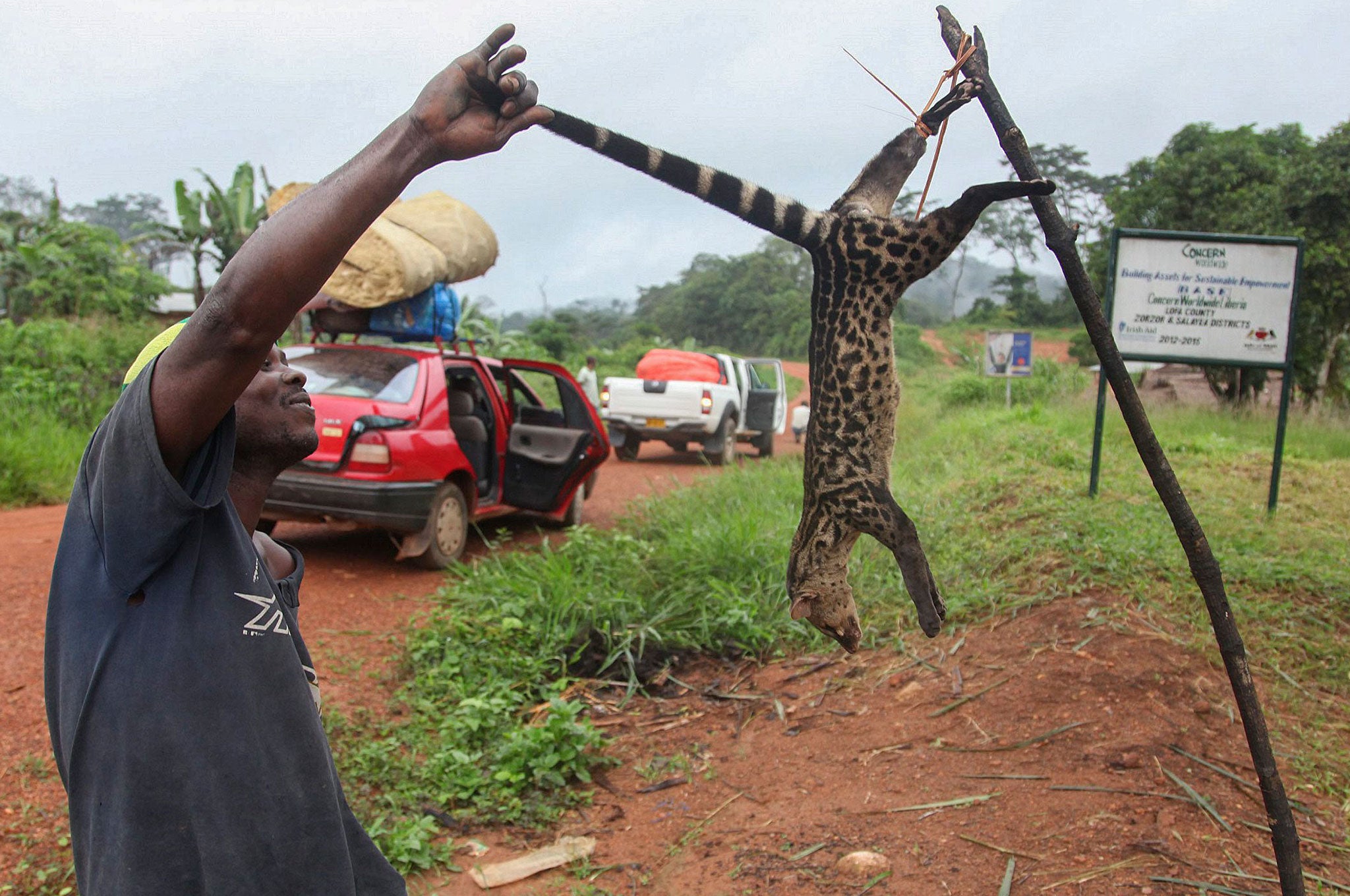How the Ebola virus got its name and how we caught it from animals
It has infected at least 8,000, killed more than 3,000 and has led to the breakdown of the healthcare systems of entire states in the worst affected countries

The Ebola outbreak in West Africa is by a long way the worst ever. It has infected at least 8,000, killed more than 3,000 and has led to the breakdown of the healthcare systems of entire states in the worst affected countries: Guinea, Liberia and Sierra Leone.
Scientists believe that the first case in the current outbreak was a two-year-old child in southern Guinea, in December last year. But the history of the Ebola virus goes back further.
It was first identified in Zaire (modern day Democratic Republic of the Congo) in 1976. The first victim was a schoolmaster in the village of Yambuku in the north of the country. The disease got its name from the nearby Ebola River, a tributary of the Congo River. That first outbreak infected at least 318 people and killed 88 per cent of the people affected.
Another simultaneous outbreak, in Sudan, infected nearly 300 people, with a mortality rate of around 50 per cent.
Since then there have been several outbreaks, but none anywhere near as devastating as the current one.
It is believed that the virus originates in fruit bats. It circulates in populations of wild animals including gorillas, fruit bats, monkeys, antelopes and even porcupines.
While it is not known how the first ever victim – or the little girl who was the first victim of the current outbreak – were infected, there are many potential ways Ebola could pass from animals to humans.
It is transmitted through contact with bodily fluids. Eating fruit collected from the forest floor, that an infected fruit bat had bitten, could spread it. So could contact with the blood of an infected animal that had been butchered for bush meat.
See the Ebola outbreak mapped
Show all 7Monkeys, apes and antelopes are commonly eaten in the areas where the outbreak began. If someone were handling the raw meat and had an open cut on their hand, that could transmit the virus.
Once the virus is in human circulation, it becomes far harder to contain. Health care workers have been at particular risk because they have come into direct, close contact with victims.
Traditional burial ceremonies among many of the communities affected involve direct contact with the body of the dead, and this is believed to have been a major factor in the early spread of the virus, before public safety messages began to get through to people.
The virus can also be transmitted through sex. The WHO says that even men who have recovered from the virus can still transmit it through their semen for up to seven weeks after recovery.
Subscribe to Independent Premium to bookmark this article
Want to bookmark your favourite articles and stories to read or reference later? Start your Independent Premium subscription today.

Join our commenting forum
Join thought-provoking conversations, follow other Independent readers and see their replies